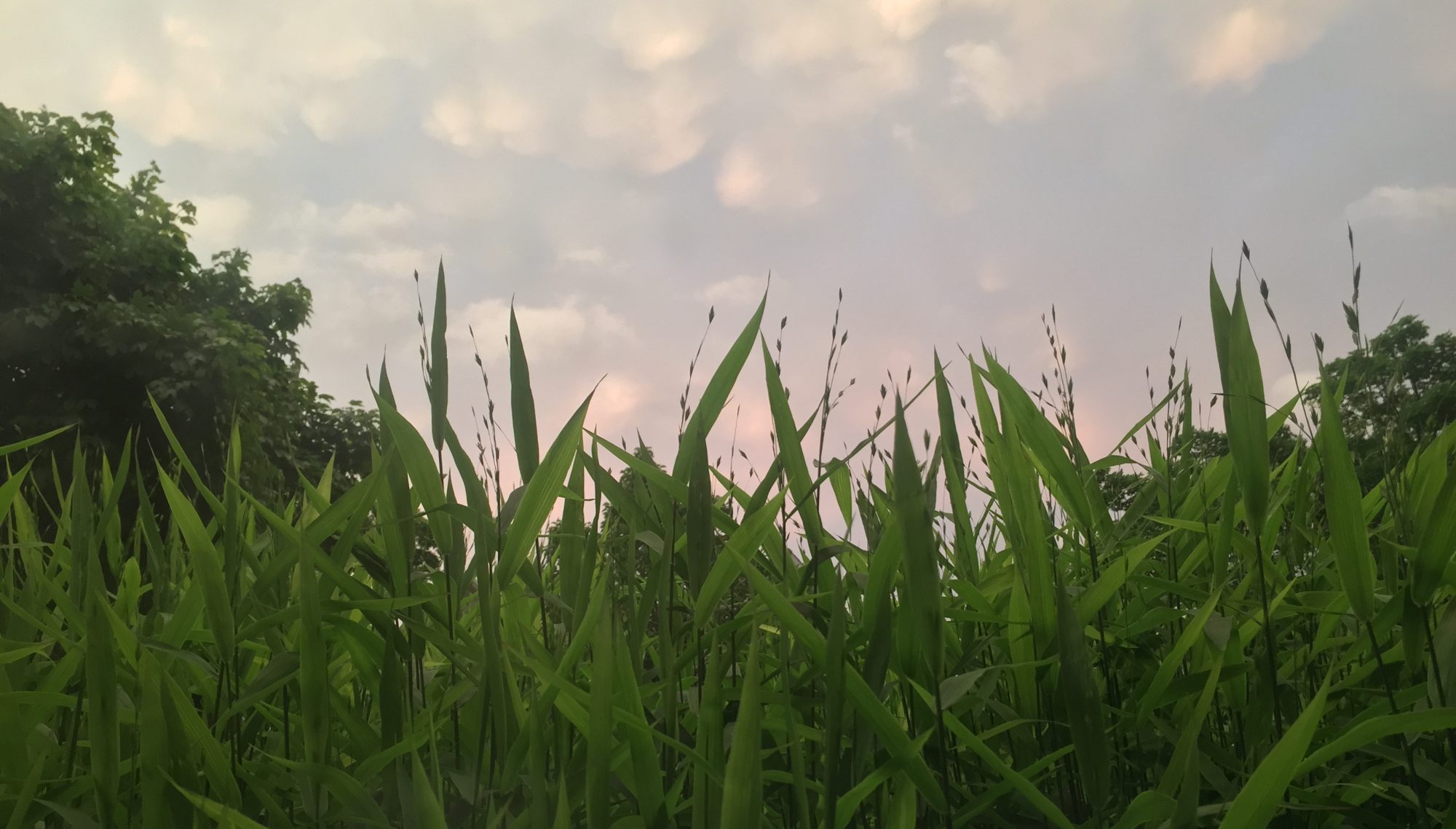Cross-posted on the University of Chicago Law School Electronic Projects Blog.
This week we launched an overhaul of how audio is stored, presented, and discovered on the UChicagoLaw website.
Chicago was a pioneer among law schools in terms of posting audio content, when it started posting recordings to the Faculty Blog back in 2005. Since then, we’ve assembled a library of over 400 files, that have been downloaded somewhere north of 1 million times. Dedicating all of that bandwidth to audio was starting to take a toll on the rest of our website, so we decided to take a cue from NPR and start migrating our files to Soundcloud. Two months later (and yes, I moved each one of those 400+ files by hand), our Soundcloud page is finally ready for prime-time. We’ll keep posting audio to pages on our website, but we’ll now be doing so as embedded Soundcloud widgets instead of via a player run through the audio module on our website. In addition to improving our site’s performance, we expect that using Soundcloud will make our audio easier to share (look for the “share track” link on the individual widgets) and make it more accessible to those on mobile devices, as well as expose our content to a whole new audience in the Soundcloud community.
The move has required some changes. Our podcast feed will now be served from Soundcloud rather than our own website, and we are only permitted one feed per account, so we will be retiring “Open Minds: The Student Events Podcast,” due to low subscription numbers. We will still be posting recordings of student events to Soundcloud and our website, however.
We’ve also made some tweaks to how users can find audio on our website by making it easier to reach the audio archives homepage from every audio page on the site, as well as by showing links to the five most recently added audio files on each of those audio pages.
So, bottom line: what does all of this mean for the methods by which you can stay up-to-date with all of the all of the great audio content the Law School is creating?
On our site: Visit our Audio Archives page to browse through the hundreds of audio pages located there. You can also find a link to the Audio Archives on the homepage of the website, where you will also see newly available audio listed in the “News & Media” scroll.
On Soundcloud: If you happen to be a member of Soundcloud you can follow us there; even if you don’t have an account, you can add comments directly to points in time of the audio file, or view playlists we’ve set up for things like Chicago’s Best Ideas or the recent conference on Crime in Law and Literature.
On iTunes: You can subscribe to our Faculty Podcast and get a new talk by our distinguished faculty or very special guests downloaded automatically to your phone or computer every two weeks.
On any other podcatcher or rss reader, or even email: You can subscribe just like iTunes, but Apple-free.
Have questions, comments, or concerns? We look forward to hearing them.


.png)



